How Philippe Malouin turned wobbly line drawings into a rug design
This rug design is the result of imperfections and glitches
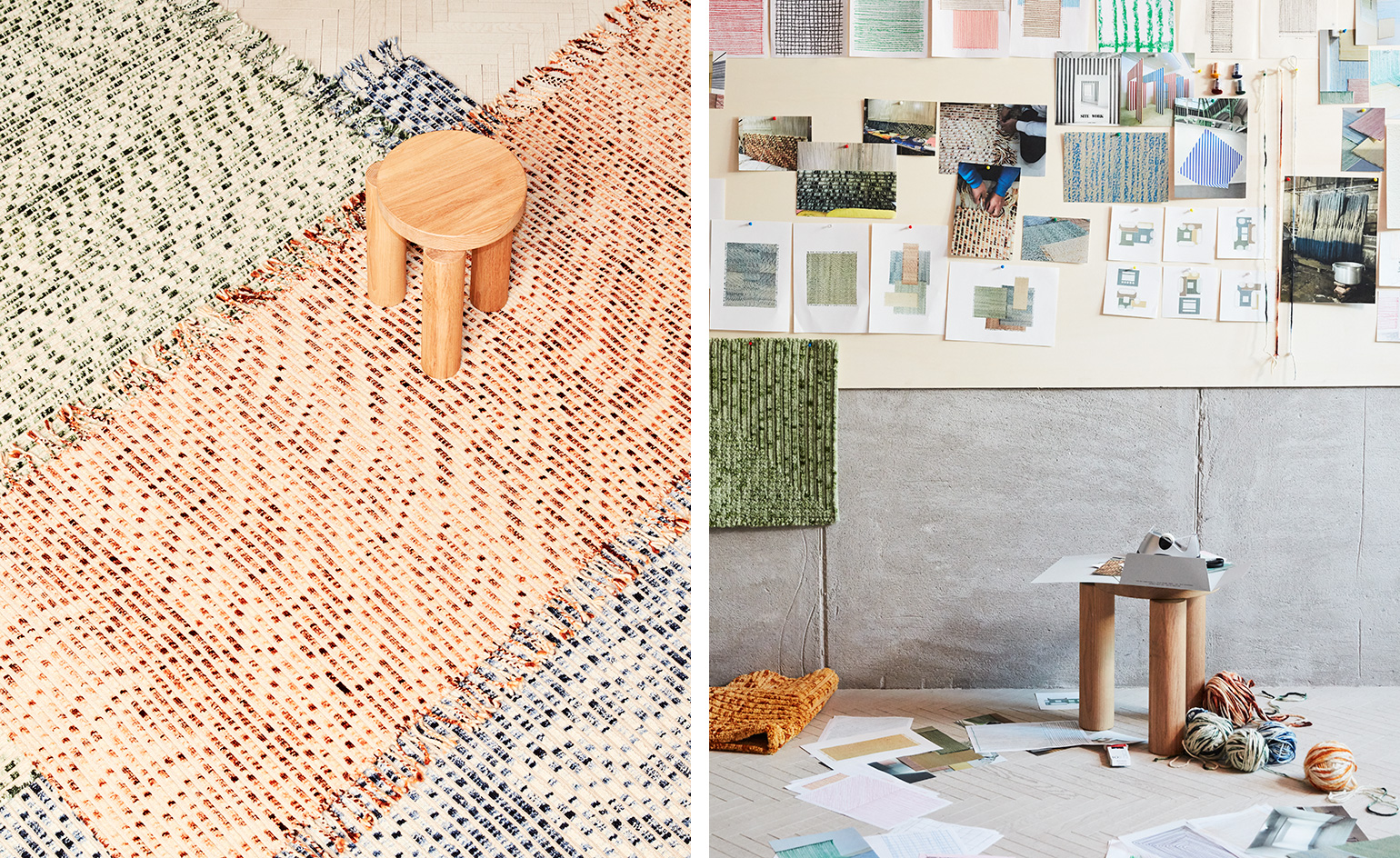
Omar Sartor - Photography
‘I draw badly, and I used that as my initial starting point.’ London-based Philippe Malouin has turned his weakness into a rug pattern for cc-tapis – his first two-dimensional product design. ‘I actually had a very functional approach when it came to my requirements for a rug. I wanted it to be comfortable like a pile rug, yet, be architecturally sound like a flat weave.’
Malouin’s idiosyncrasies is was what drew cc-tapis’ art director Daniele Lora to his work, especially when she was planning for the Milan-based brand’s 2020 collection. ‘I immediately thought that his style could play a strong part of what we had in mind.’ For the Lines rug, Malouin took this wobbly sketching of straight lines further by using wax crayons to accentuate the flaws – ‘it also left an irregular deposition of pigment onto a clean page of paper’.
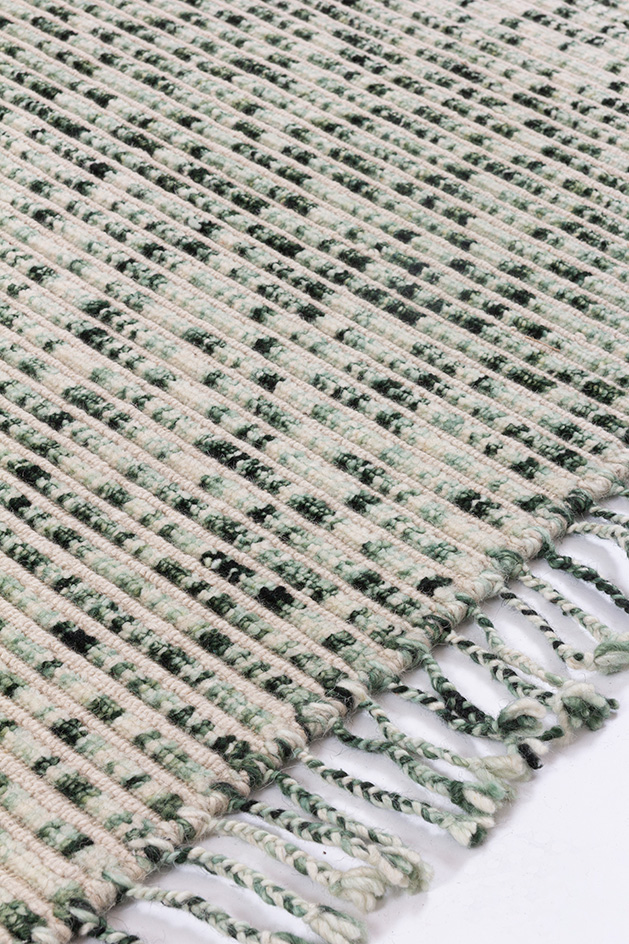
When taken off paper, the artwork is identifiable through the distorted pattern and colours that fluctuate in tone – an effect which Malouin says was hard to achieve when translated to wool. ‘This was ingeniously solved by Daniele Lora by coming up with the idea of dip-dying bunched wool yarn before knotting it,’ he says.
This nifty dying technique for the Himalayan wool was paired with Tibetan craftsmanship that takes place in the production facility in Nepal in a performance of trial and error – ‘rather than printing lines we wanted to have a more natural and imprecise effect that came after many trials of dyeing the raw material and that could only be achieved through hand-knotting.’
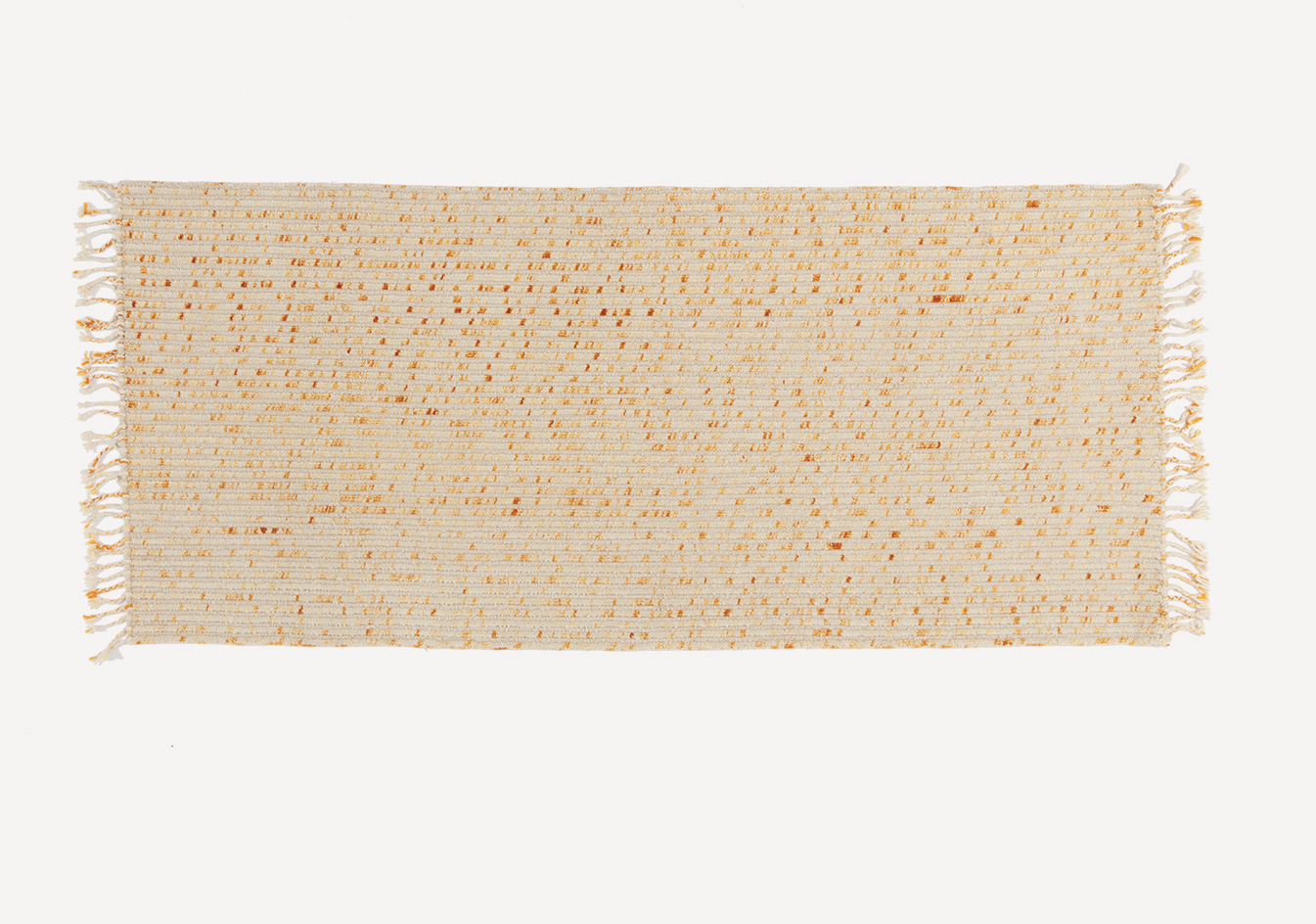
The Lines rug is part of cc-tapis’ digital launch of Gesture – a project that looks at ‘how the motion of hands and tools can quietly lead the creative process, creating entirely new aesthetic languages.’ In addition to Malouin, Lora and the team invited Sabine Marcelis, Mae Engelgeer, Yuri Himuro and Patricia Urquiola to realise designs too.
‘We always start by making things,’ Malouin explains of his creative operations. Lines has a process full of glitches and abnormalities, which would usually be tossed away, but here they were turned into something beautiful and functional.
Watch Philippe Malouin take us through the process
INFORMATION
Wallpaper* Newsletter
Receive our daily digest of inspiration, escapism and design stories from around the world direct to your inbox.
Sujata Burman is a writer and editor based in London, specialising in design and culture. She was Digital Design Editor at Wallpaper* before moving to her current role of Head of Content at London Design Festival and London Design Biennale where she is expanding the content offering of the showcases. Over the past decade, Sujata has written for global design and culture publications, and has been a speaker, moderator and judge for institutions and brands including RIBA, D&AD, Design Museum and Design Miami/. In 2019, she co-authored her first book, An Opinionated Guide to London Architecture, published by Hoxton Mini Press, which was driven by her aim to make the fields of design and architecture accessible to wider audiences.
-
 All-In is the Paris-based label making full-force fashion for main character dressing
All-In is the Paris-based label making full-force fashion for main character dressingPart of our monthly Uprising series, Wallpaper* meets Benjamin Barron and Bror August Vestbø of All-In, the LVMH Prize-nominated label which bases its collections on a riotous cast of characters – real and imagined
By Orla Brennan
-
 Maserati joins forces with Giorgetti for a turbo-charged relationship
Maserati joins forces with Giorgetti for a turbo-charged relationshipAnnouncing their marriage during Milan Design Week, the brands unveiled a collection, a car and a long term commitment
By Hugo Macdonald
-
 Through an innovative new training program, Poltrona Frau aims to safeguard Italian craft
Through an innovative new training program, Poltrona Frau aims to safeguard Italian craftThe heritage furniture manufacturer is training a new generation of leather artisans
By Cristina Kiran Piotti
-
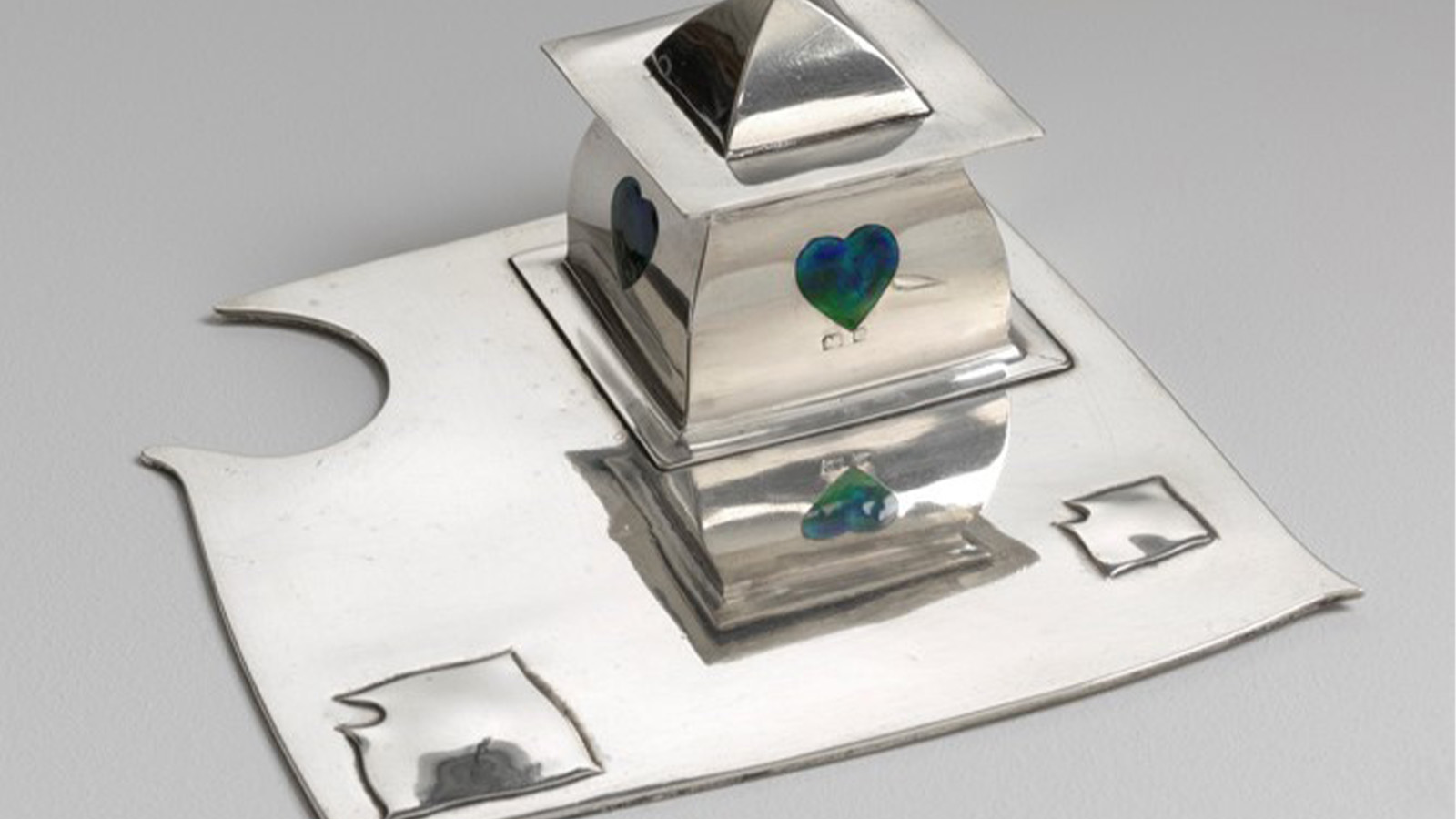 On the Isle of Man, the secret history of designer Archibald Knox is revealed
On the Isle of Man, the secret history of designer Archibald Knox is revealedThe mysterious life and works of local designer Archibald Knox is celebrated in a retrospective at Manx Museum, spanning silverware, furniture, clocks and more
By Emma O'Kelly
-
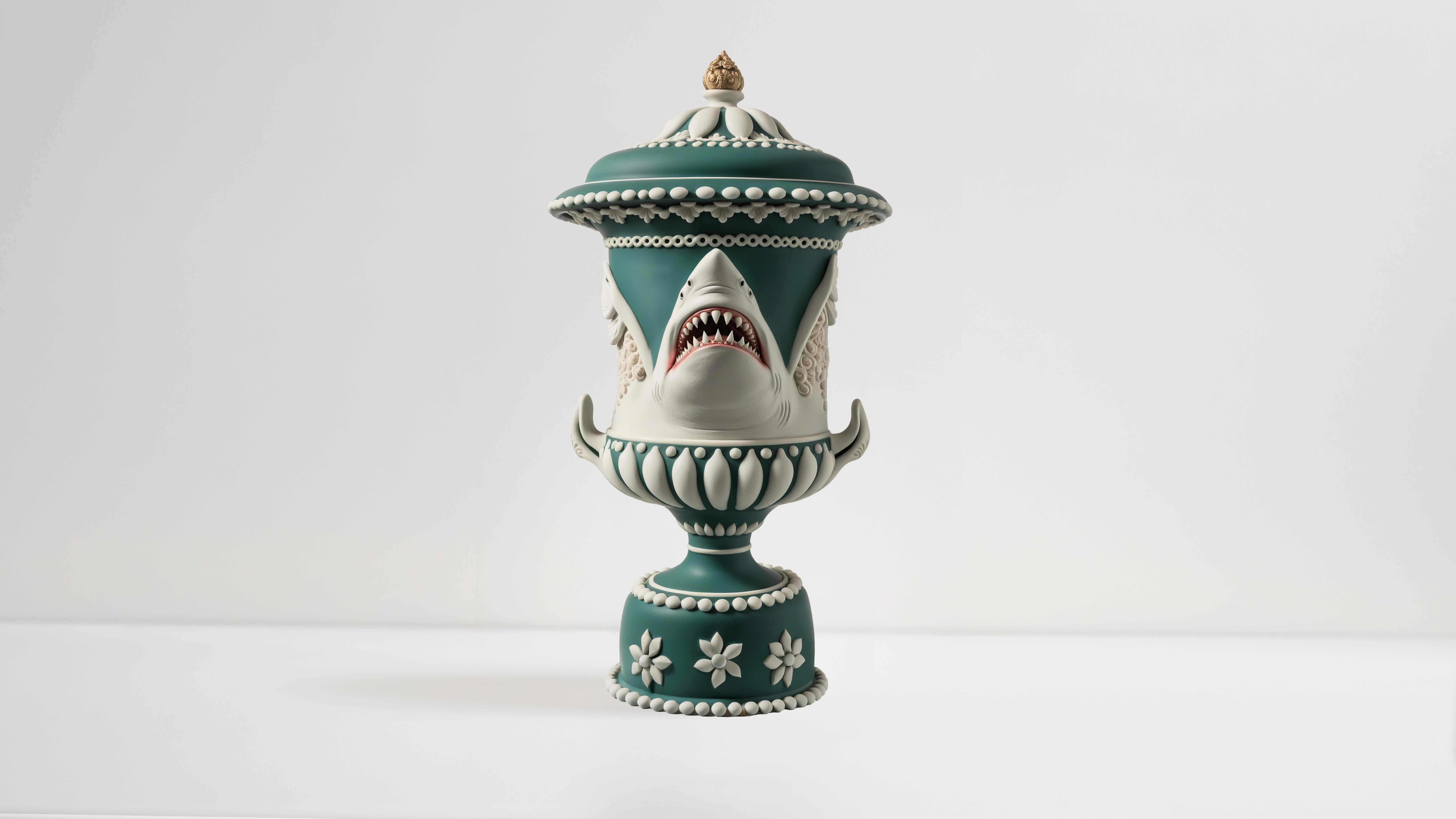 Wedgwood’s AI tool lets the public reimagine Jasperware for its 250th anniversary
Wedgwood’s AI tool lets the public reimagine Jasperware for its 250th anniversaryTo celebrate 250 years of Jasperware, Wedgwood debuts an AI tool that opens up the design process to the public for the first time
By Ali Morris
-
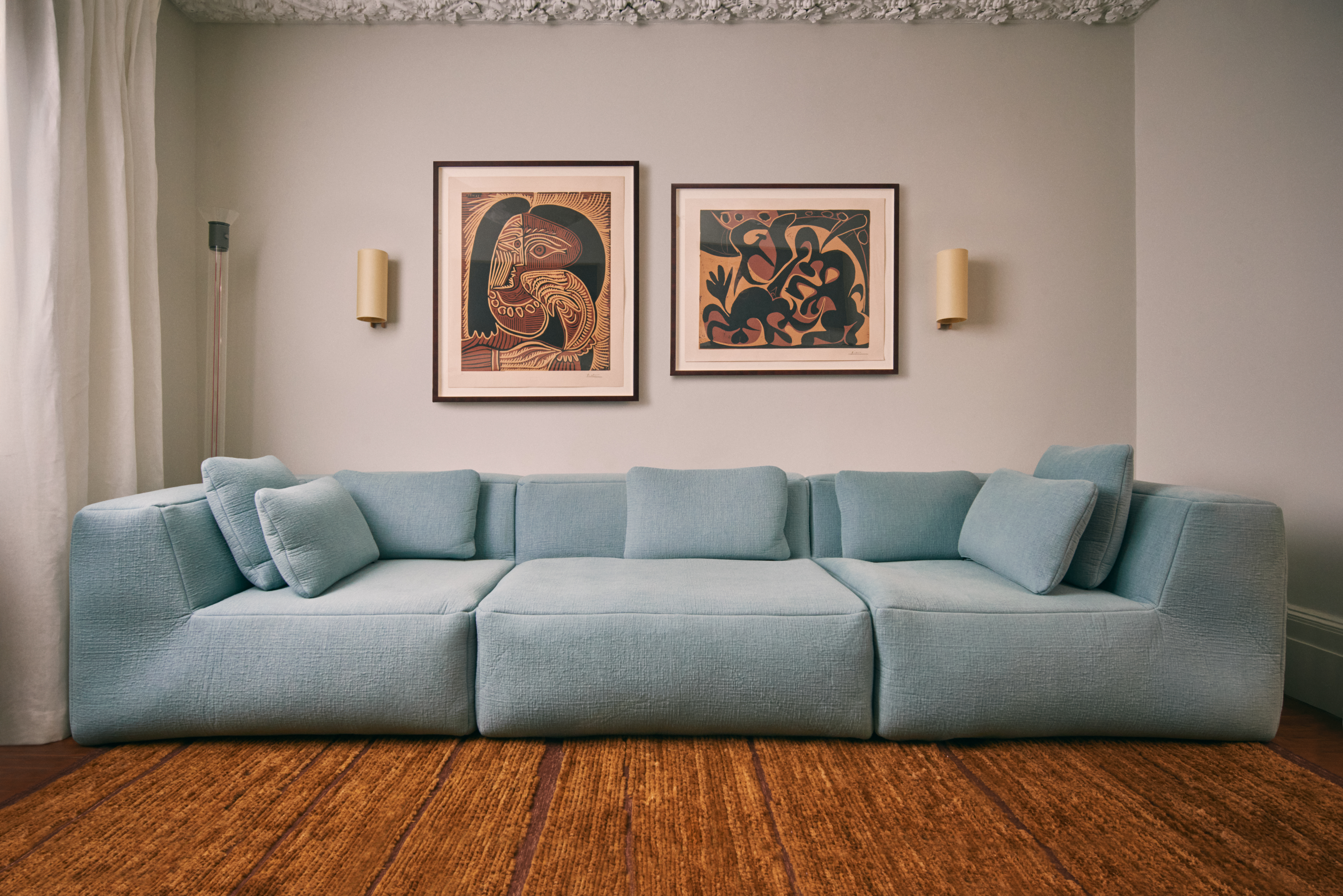 Milan Design Week: Philippe Malouin's ‘Great’ sofa for Hem more than lives up to its name
Milan Design Week: Philippe Malouin's ‘Great’ sofa for Hem more than lives up to its nameThree years in development, the Canadian designer’s new sofa for Hem is an elegantly modern, comfortable beast
By Hugo Macdonald
-
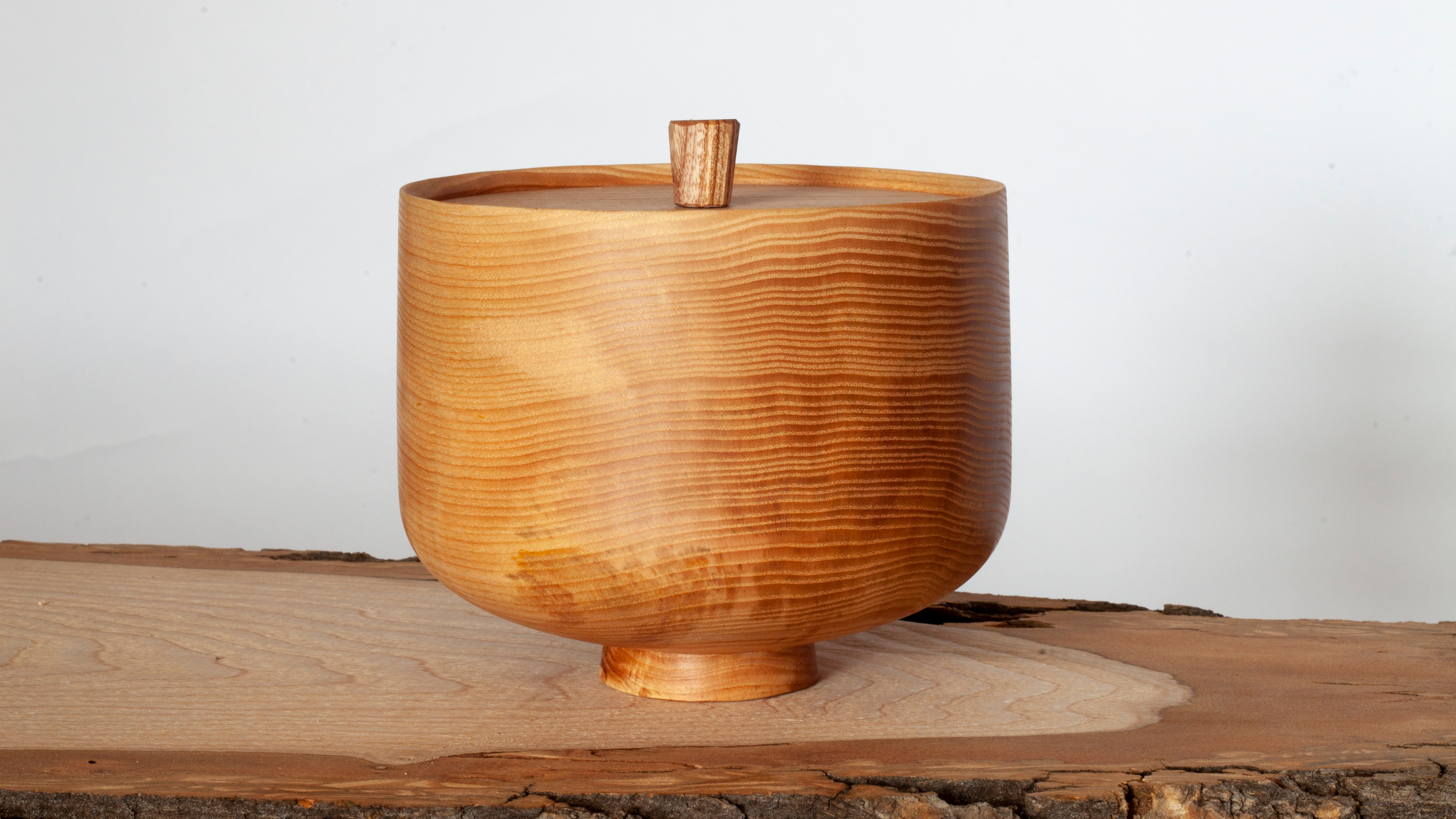 Reimagining remembrance: Urn Studios introduces artistic urns to the UK
Reimagining remembrance: Urn Studios introduces artistic urns to the UKBridging the gap between art and memory, Urn Studios offers contemporary, handcrafted funeral urns designed to be proudly displayed
By Ali Morris
-
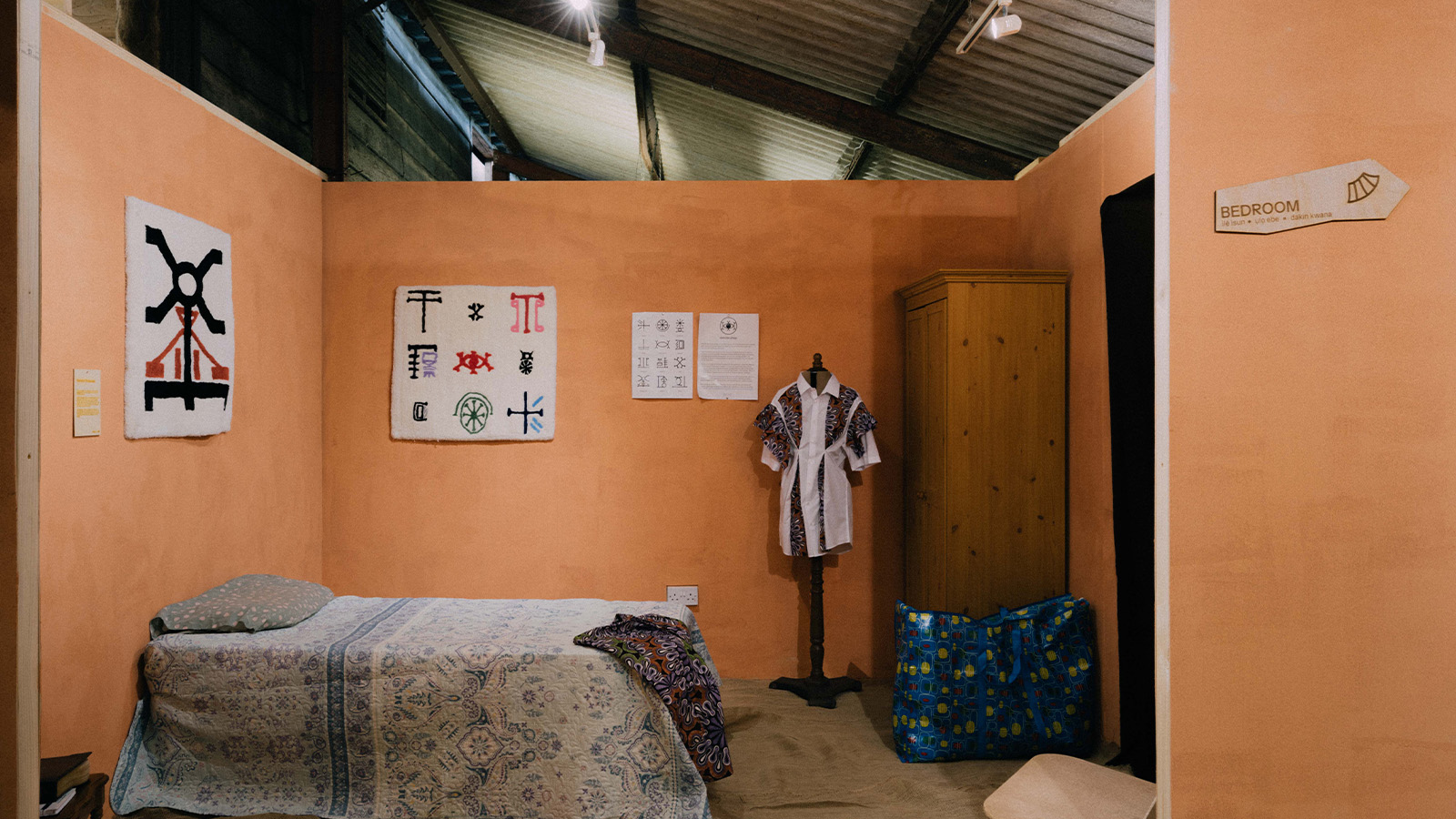 'What Makes a Space Nigerian?' is an exhibition celebrating the key elements of West African Homes
'What Makes a Space Nigerian?' is an exhibition celebrating the key elements of West African Homes‘Our aim was to create a space that Nigerians could connect with', says Moyo Adebayo's on his latest exhibition 'What Makes a Space Nigerian?' which explores what defines a Nigerian home
By Shawn Adams
-
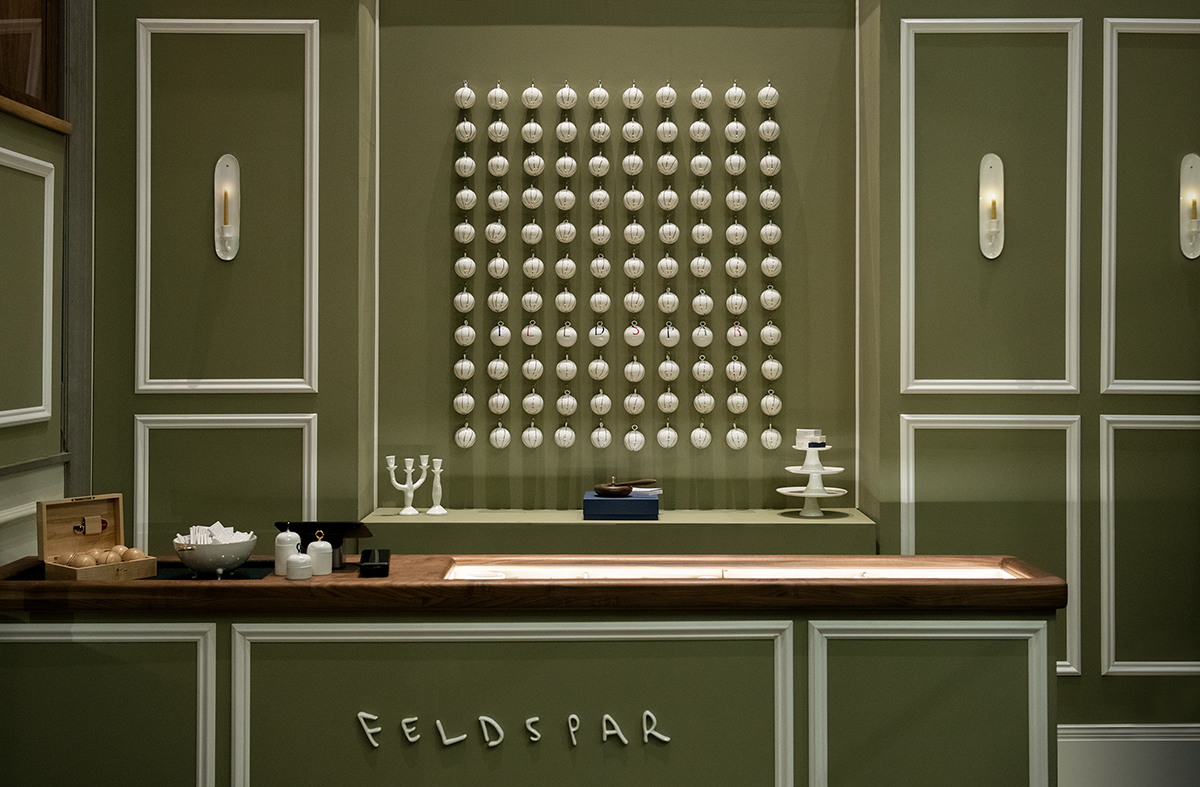 Feldspar makes its mark on Whitehall with a festive pop-up at Corinthia Hotel
Feldspar makes its mark on Whitehall with a festive pop-up at Corinthia HotelDevon-based bone china brand Feldspar makes its first foray into shopkeeping with a pop-up at London’s Corinthia Hotel. Ali Morris speaks with the founders and peeks inside
By Ali Morris
-
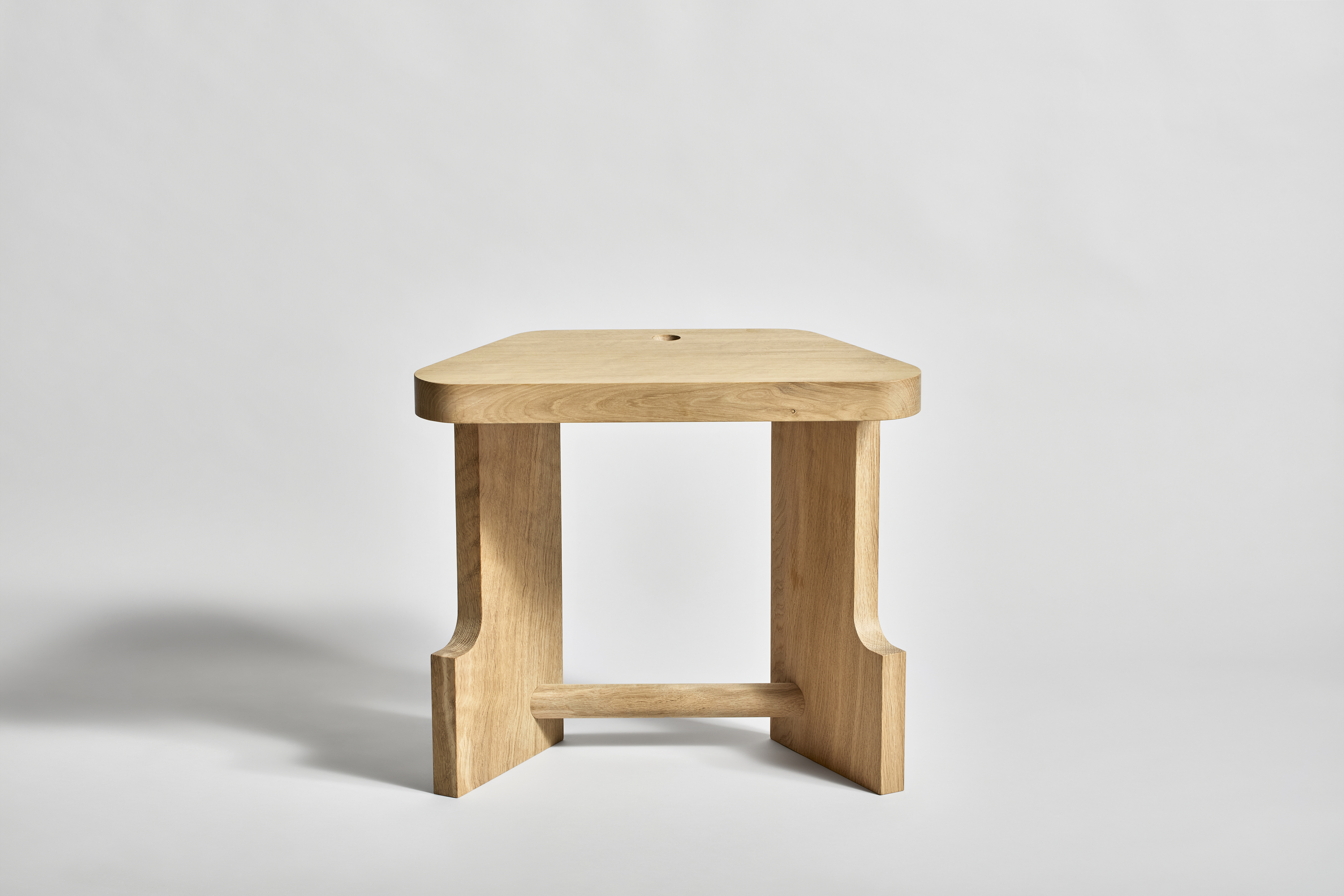 One to Watch: EJM Studio’s stool is inspired by the humble church pew
One to Watch: EJM Studio’s stool is inspired by the humble church pewEJM Studio’s ‘Pew’ stool reimagines the traditional British church seating with a modern, eco-conscious twist
By Smilian Cibic
-
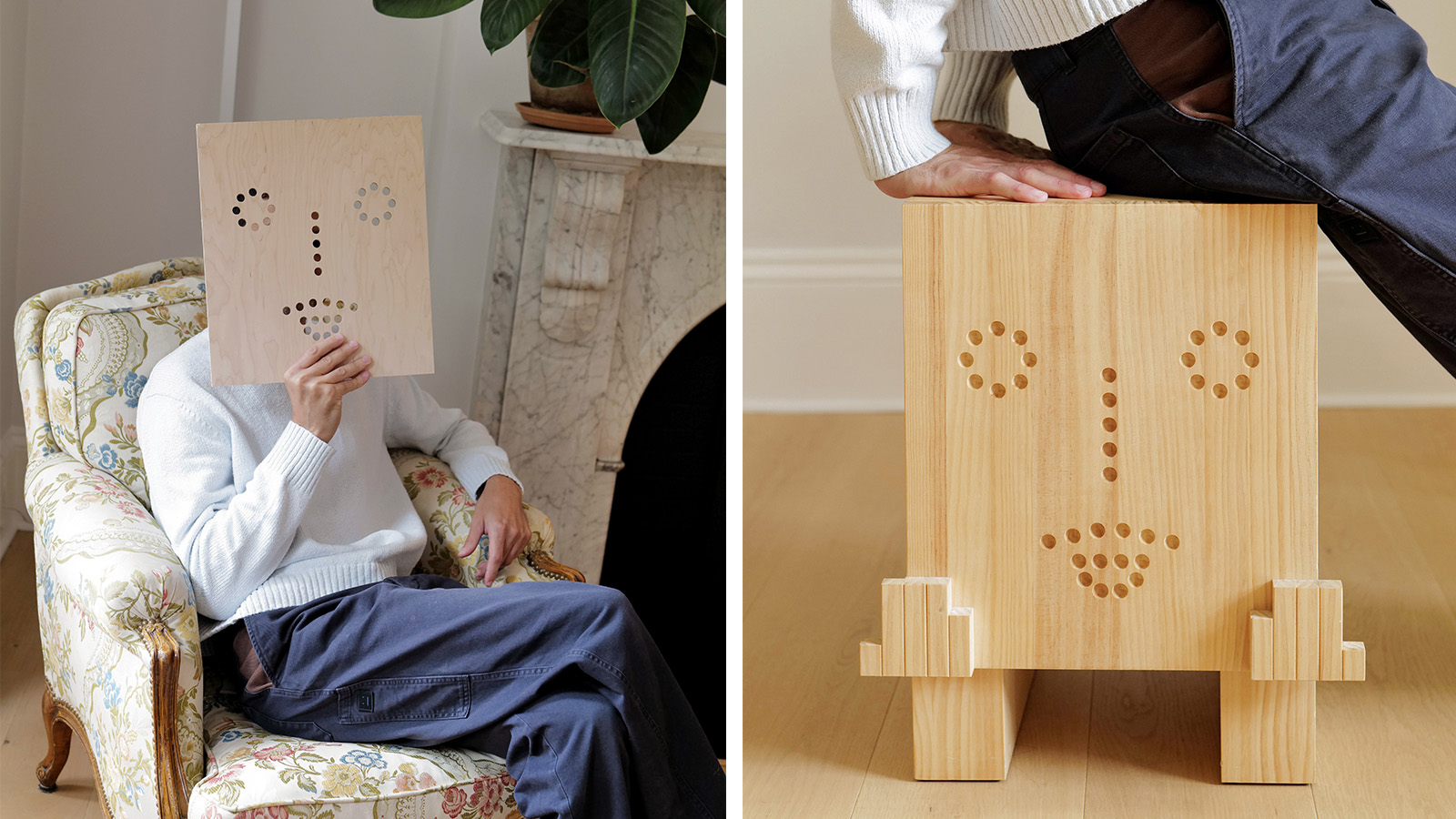 One to Watch: Family Project’s ‘furniture friends’ are elegant and humorous with lasting emotional value
One to Watch: Family Project’s ‘furniture friends’ are elegant and humorous with lasting emotional valueFamily Project, founded by Francesco Paini, is a London-based design practice drawn to human connection, creating portraiture through furniture and injecting artful expressions into interior spaces
By Tianna Williams